Xeriscape is a landscape philosophy — not a design style — that can help you create and maintain an outdoor space that is both beautiful and environmentally sound. The term “xeriscape” was created in 1981 by the Denver Water utility for a new and comprehensive approach to water conservation. The approach consists of seven principles that work together to create a well-functioning, integrated habitat. If you live in an area that is drought prone, or if you are simply interested in living lighter on the land, consider a xeriscape garden.
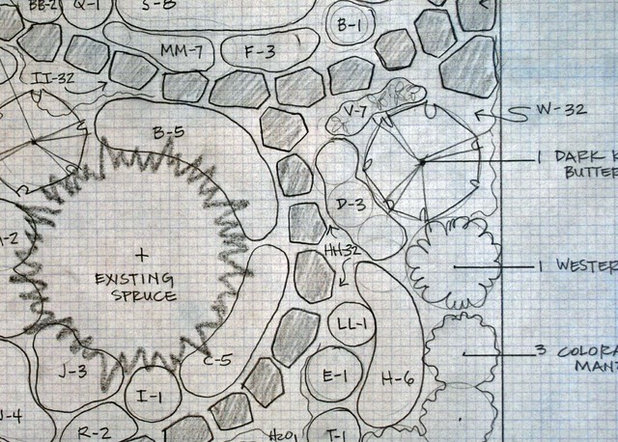
Jocelyn H. Chilvers
Seven Principles of Xeriscape1. Design a comprehensive plan. Work from a thoughtful design that accommodates the realities of your site as well as your lifestyle. Soil type, sun and shade exposures, terrain (including drainage), views and existing plants should all be acknowledged and addressed. Equally important is understanding your needs and preferences in how the site will be used. Dining and entertaining, playspaces, food production, privacy etc. should all be considered in the design phase.
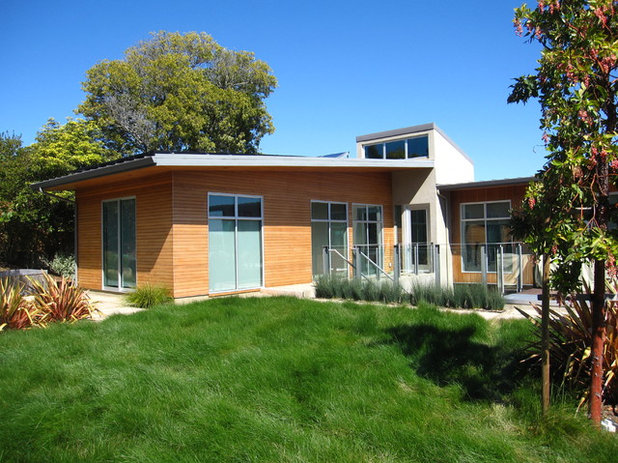
Shades Of Green Landscape Architecture
2. Create practical turf areas. Use lawn areas where they make sense, as play places or cooling elements for people and pets. Consider using drought-tolerant or native grasses. They will require less water and fertilizer, and can often be mowed less frequently. Dwarf tall fescue, Texas bluegrass and Canadian bluegrass are drought-tolerant, cool-season grasses that stand up well to foot traffic (they are often blended with Kentucky bluegrass). Warm-season, native grasses like buffalo grass and blue grama grass are low-growing native grasses that adapt well to many residential applications.
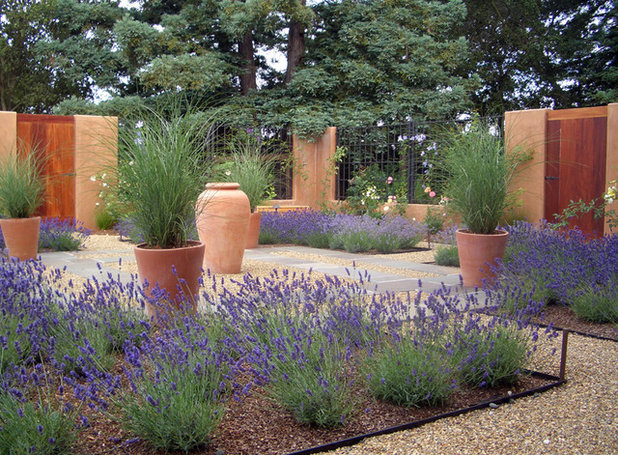
Zeterre Landscape Architecture
3. Use appropriate plants and group them according to their water needs. Drought-tolerant, native or well-adapted plants should form the bulk of your plant palette. Plants needing more water, such as edibles, and container plants should be grouped together for more efficient irrigation. Work with your site’s characteristics to determine where hydrozones (watering zones) make the most sense. For example, a south-facing slope is an ideal place to group plants that prefer good drainage and have low water requirements. A low-lying area that stays damp can be a separate zone for plants with moderate and higher water needs.
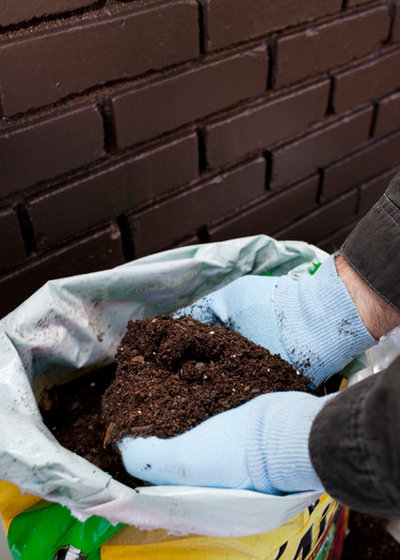
decordemon
4. Improve the soil if necessary. Have your soil tested before planting or installing your irrigation system. A professional soil test — available through your local cooperative extension office — will pinpoint what soil amendments would be beneficial. Soil amendments should relate to the type of plants you are installing; native plants may need little or no amendments, whereas food crops may need more. Improved drainage, water-holding capacity and pore (air) space, plus extra nutrients for plant health, are all potential benefits of amending the soil.
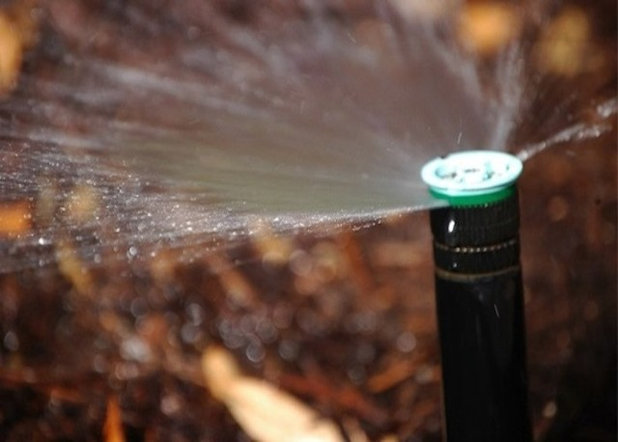
J. Peterson Garden Design
5. Water efficiently. A well-designed irrigation system can save water when installed and operated properly. Modern components such as smart clocks (or timers), soil moisture sensors and rain shut-off sensors not only help conserve water, but also can save you time and money. Also, monitor your plants and water them only when needed rather than on a rigid schedule.
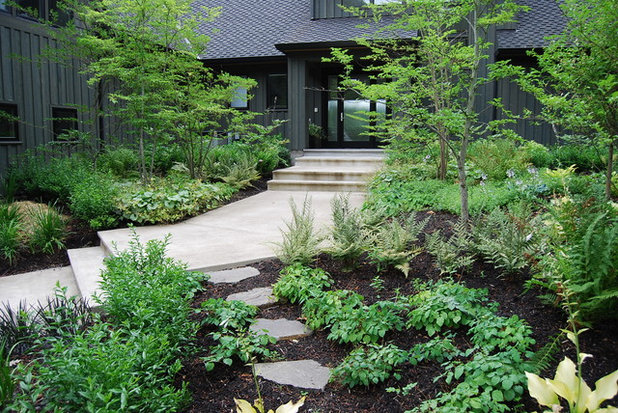
Samuel H. Williamson Associates
6. Use organic mulches. A 3-inch layer of mulch will help reduce water evaporation, stabilize soil temperatures, slow soil erosion and compaction, and reduce weeds. Mulch also adds color and texture to the landscape — include it in your planning process.

Jocelyn H. Chilvers
7. Practice appropriate landscape maintenance. Proper watering, weeding and fertilizing of plants, as well as maintaining and monitoring your irrigation system, will keep your landscape beautiful and conserve water too.





